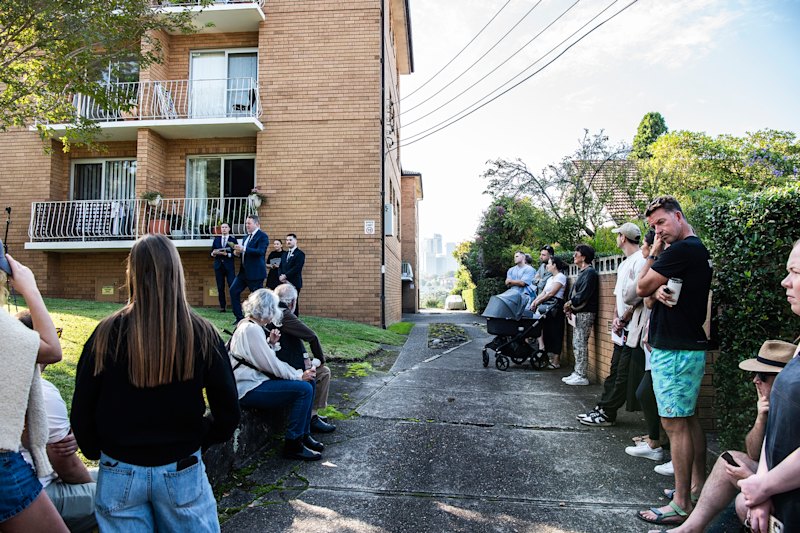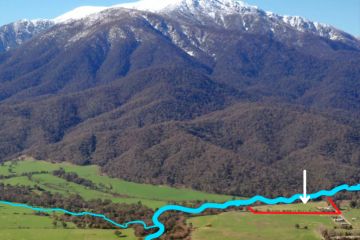New homes could be built in flood risk zones, town planners warn
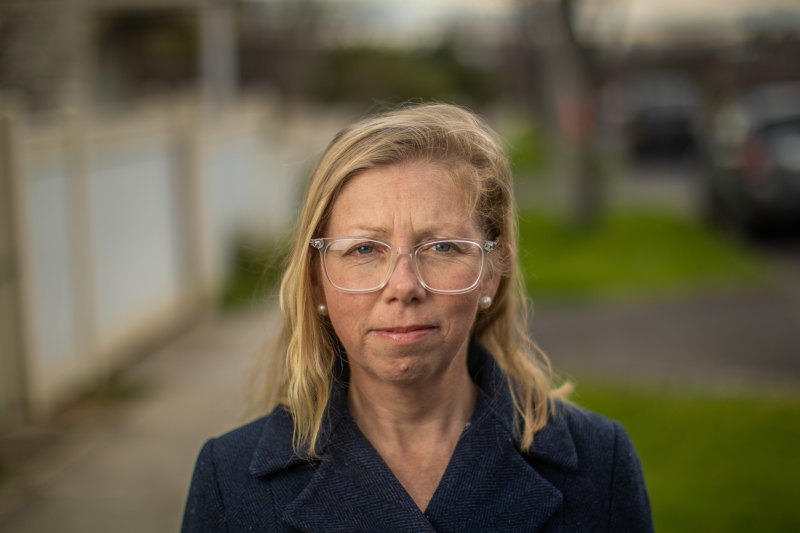
New homes are likely to be built in areas at risk of flooding because many flood maps that guide planning decisions are out of date, Victoria’s peak body for town planners warns.
In the wake of this year’s floods in NSW’s Northern Rivers that left nine dead and destroyed 4000 homes, concerns have been raised about the potential for a flood in Victoria and whether enough is being done to prevent homes being built in locations at risk of serious flooding.

The Planning Institute of Australia’s (PIA) Victorian division president Gabby McMillan said decisions about where houses were built or which parcels of land were rezoned as residential were based on information available about natural hazard risks.
But the information about flood hazards was not compiled in a consistent way, she said. There was a patchwork of data sets gathered inconsistently by local councils and water authorities which may not have the budgets to pay for up-to-date flood modelling, PIA warns, even though the science could change quickly.
“There might be some areas where the information would be up-to-date, some where it would not be up-to-date, and that inconsistency is a problem,” McMillan said.
“You could get a planning approval for something where there was a risk of flooding … If a flood came, those houses would be impacted by that.”
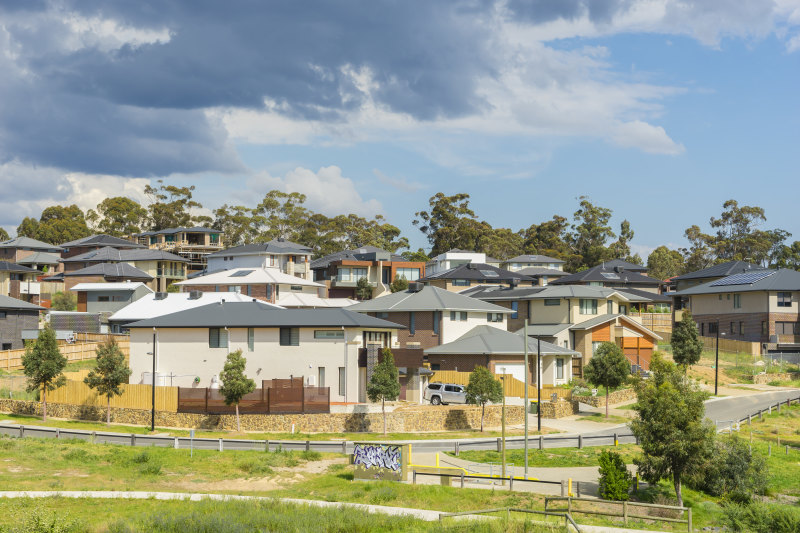
Aside from the impacts on homes, the costs were also passed on to insurance companies, she said.
In some areas, there might even already be other scientific studies of flood risk available that had not been incorporated in the planning controls, while in others there might not be any fresh data, meaning a new study was required.
Karl Mallon, chief executive of Climate Valuation, which undertakes risk analysis for home buyers and banks, said many existing flood maps were based on long-term historical data even as the climate had changed in recent decades.
He highlighted the flood risk in parts of Gippsland and in Shepparton, saying much of the latter had already been built in a flood zone.
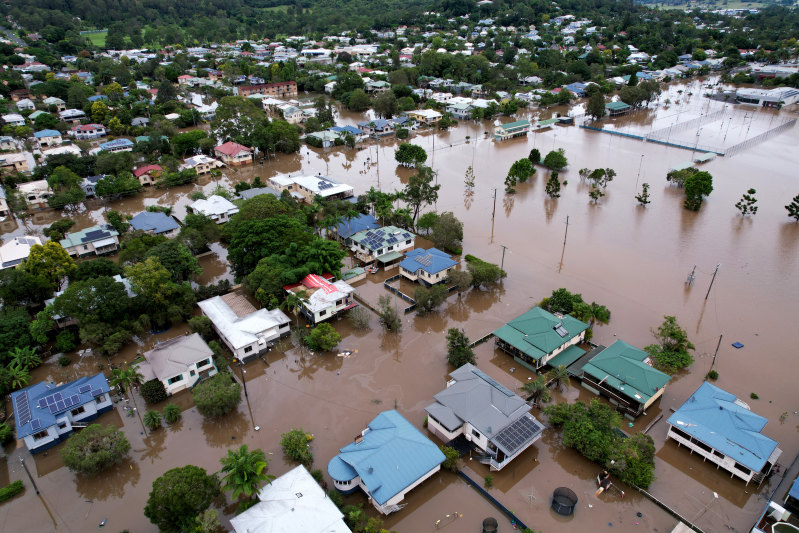
“We would see somewhere like Shepparton being a Lismore in the waiting,” he said.
“Either you’re going to do something at a municipal level to protect the town from floodwaters, or you need a long-term strategy to encourage planning in low-risk areas.”
Shepparton’s one-in-100-year flood mapping was updated earlier this year, while East Gippsland Shire Council says work is continuing to understand the nature and extent of climate change’s future impacts.
Mallon said many homebuyers were already checking natural hazard risk before deciding whether to buy a home.
McMillan declined to identify towns or suburbs where mapping issues are putting homes at risk.
But some risks are already known. In Port Fairy, in western Victoria, the local Moyne Shire is already planning for sea level rise, and the University of NSW undertook a project to map sea level rise and coastal hazard.
The results of the study are not publicly available, a point highlighted in a rezoning application for 85 new homes in the town, seen by The Age, which says external stakeholders cannot use the coastal study for flood risk planning.
Elsewhere, a coastal hazard assessment for Port Phillip Bay is under way, as low-lying areas could be at risk from rising sea levels, in a process that has already taken more than three years.
The planning institute is calling on the winner of the state election to lead a consistent approach to mapping flood risk across the state, similar to a process undertaken with bushfire hazard risk in the wake of the Black Saturday fires.
“The whole system needs to be integrated, so anyone making a decision about where new houses should go and where [they] should be constructed has information about where the flood risk is,” McMillan said.
This information would be included in the planning scheme and could also inform the placement of new roads and other infrastructure.
“We have seen what has been happening in NSW and there is an opportunity to be on the front foot with this,” she said.
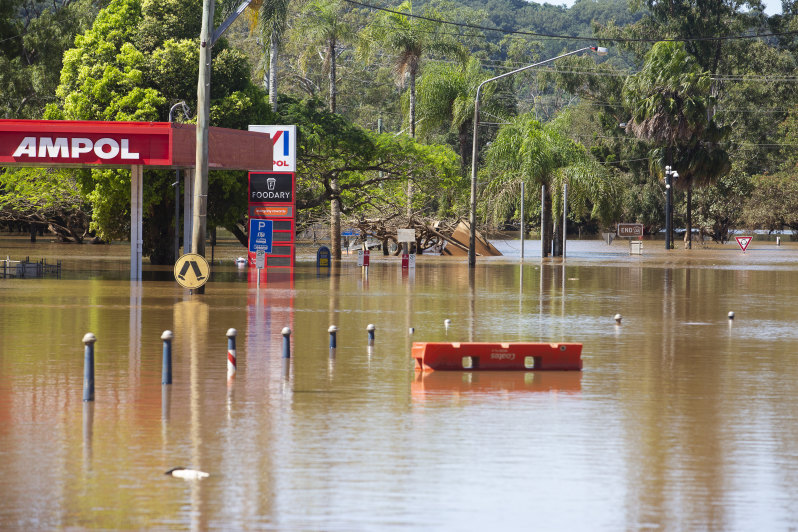
Climate Council research director Simon Bradshaw said climate change, driven by the burning of coal, oil and gas, means a warmer atmosphere that can hold more moisture and has more energy for storms that generate a lot of rain, increasing the risk of floods.
“Unless we make much more serious cuts in emissions … we will be setting communities and families up for scenarios that will be very hard to adapt to,” he said, adding some communities may need to relocate.
“It means doing everything possible to support people’s wish to remain where they are, working on building resilience, so we minimise forced displacements.”
A Victorian government spokesperson said local councils were responsible for updating flood mapping to ensure they identified areas at risk of flooding.
“Councils are best placed to make these decisions, in consultation with the relevant water authority, which can provide guidance around inundation patterns specific to their area,” the spokesperson said.
“We provide funding to support the preparation of some flood studies and the tools to help councils manage and respond to local flood risks.”
We recommend
States
Capital Cities
Capital Cities - Rentals
Popular Areas
Allhomes
More
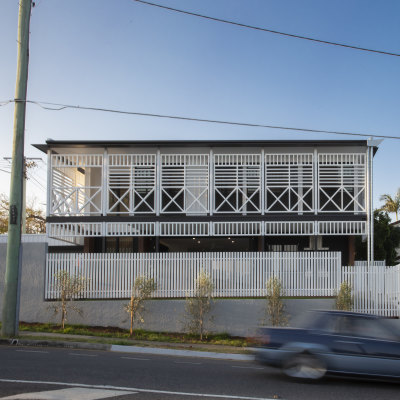
/http%3A%2F%2Fprod.static9.net.au%2Ffs%2F47a5c6ce-63bc-4a66-a82c-145d58d8df62)

